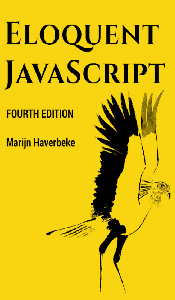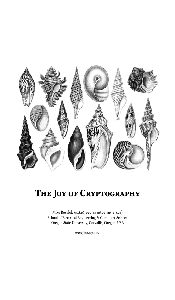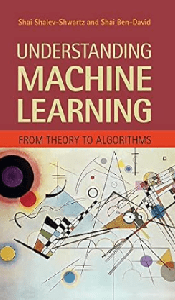This workbook complements the Introduction to Ada online textbook by providing over 150 hands-on exercises. Spanning 18 chapters, it offers a learn-by-doing approach to help readers develop practical skills in Ada programming.
The exercises directly apply concepts from the Introduction to Ada tutorial, reinforcing learned topics through realistic problems. Early labs focus on fundamentals like variables, conditionals and loops, aligning with the introductory language material. Problems then increase in complexity, mirroring how advanced elements are introduced throughout the course.
Each chapter clearly outlines one or more exercises involving design, coding and testing tasks. Background information sets the problem context, while requirements specifyimplementation details. Hints guide progress without disclosing full solutions.
Fully tested models for every exercise allow learners to self-check their work. On completion, developers emerge with a solid command of Ada and its place within systems programming. Educators can assign relevant labs as homework, and self-learners can work through problems independently to deepen understanding.
By directly applying the Introduction to Ada curriculum in a hands-on format, this workbook strengthens comprehension and closes the gap between learning concepts and applying skills in practice. Its extensive catalog of realistic problems equips students to successfully develop systems using Ada.
Recommended for: Beginner-to-intermediate readers. This course provides a comprehensive introduction to the Ada programming language, making it suitable for those new to Ada as well as those with some prior programming experience.
You will:
- Learn the fundamentals of the Ada programming language, including its syntax, type system, and control structures
- Explore imperative programming concepts like if/then/else statements, loops, and case statements
- Understand modular programming with packages, including visibility and encapsulation
- Discover Ada’s strong typing system, including integers, enumerations, floating-point types, and records
- Learn about subprograms, parameters, and function calls
- Explore Ada’s exception handling mechanism
- Gain an introduction to concurrent programming with tasks and protected objects
- See how to interface Ada code with C and Fortran
- Dive into advanced topics like access types, generics, and object-oriented programming
Citation
Gustavo A. Hoffmann and Michael Frank. Introduction to Ada: Laboratories. AdaCore, 2024. https://learn.adacore.com/labs/intro-to-ada/index.html.
Licensing
This work is licensed under a Creative Commons Attribution 4.0 International (CC BY 4.0) license. The full text of the license is available at https://creativecommons.org/licenses/by/4.0/.







